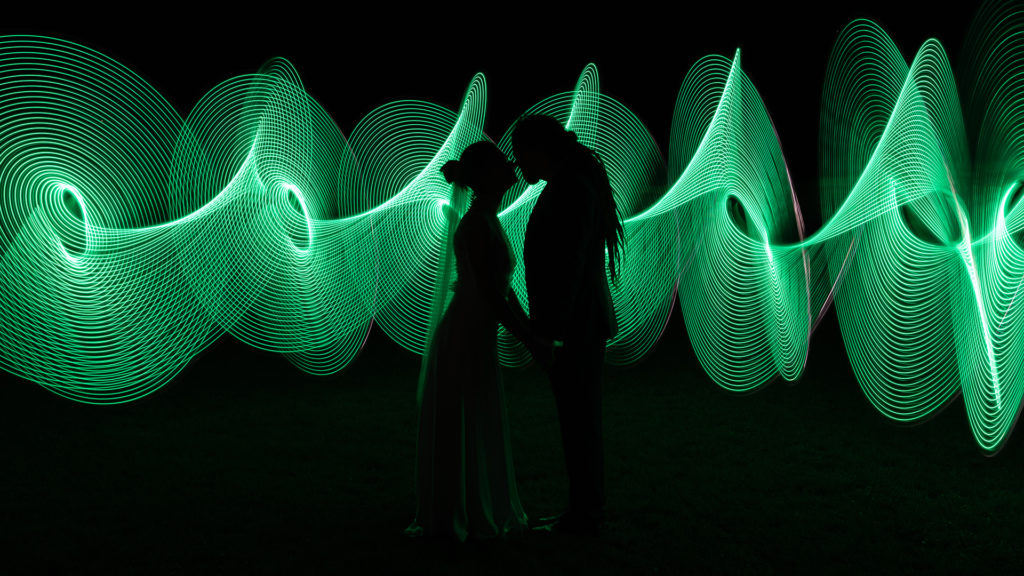Thinking of titles for your photos might seem like an afterthought in the creative process. But image titles are the bridge that connect Licensing Contributors with buyers. People search for and find photos with relevant phrases and terms. The more precise you are, the better your chances are of gaining exposure. In a sea of images, the right title helps your work rise to the top.
Here are six tips to help you through the process.
Prioritize simplicity
Your title should tell the basic story behind your image. If you were describing the content of your photo to someone who couldn’t see it, what would you say first? An effective title is one that gets its point across, so avoid anything ambiguous. Airy, mysterious titles are great for social media, but not when licensing your images. Your title doesn’t need to be pretty or poetic; it needs to be clear. So focus on concrete facts.
Take this image by Michael Knudsen as an example. This is a richly mysterious and evocative photograph, but the title itself can still be straightforward and direct. If you strip back all the layers and focus only on the bare essentials, what do you see? Empty train tracks on a misty morning. There’s your title.

Get specific
Buyers already have a good idea of what they want, so the details matter. If your title is too general or generic, it could get lost in a sea of similar images. So think about the specifics. If you were giving a title to this dynamic street photo by Rubi Llano, you would want to include all the elements that make it unique. Instead of “Man in street,” you’d choose something like “A Cuban man walking in the colorful streets of Trinidad.”
Also, always remember to tag your images with accurate location information.
This picture by Josefina Morando is another good example of a detailed title. “Young brother and sister looking out the window” provides more context than a title like “Two kids.” Be as precise as possible in regards to key elements like location, age range, and relationships between people, and your photo is more likely to reach a wider audience.

Make it a habit to title each image individually. Even if they’re part of the same shoot, each photo will have important differences that make it unique.
Make it personal
In addition to the actual content of the photo, think about what kind of image it is. If it’s a food shot, is it a flat lay composition? Did you use an unusual vantage point? Is it a panorama? Did you use a macro lens? What about a vintage filter? A drone?
You don’t want to include technical information like the make and model of your camera, but any stylistic detail that makes your photo different or unique is worth your consideration. Depending on the photo, these elements could be as important as the subject matter itself.
For instance, a search for “Iceland” will turn up lots of similar images, but perhaps your photo stands out in some unique way. If we were giving a title to this breathtaking photo by Andre Ermolaev, we’d highlight the perspective. Instead of “Icelandic landscape,” we’d choose “Abstract aerial view of a river system in Iceland.”
Dig deeper
In some cases, the emotions behind your image will be just as significant as the content. We use conceptual keywords to convey the meaning or intention behind an image. For example, Elke Vogelsang’s fantastic portrait of Phoebe the adopted dog is all about personality and mood, so we could incorporate keywords like “surprise,” “happy,” or “funny” into our title.

Stay on track
By the time you’re done brainstorming, you might have a hundred possible keywords, but you’ll only be able to include a fraction of them in the title itself. Think about which ones are absolutely indispensable, and use them to craft a title that makes sense.
With most street, documentary, and travel images, the important information is usually the location and any people, animals, or activities going on in the frame. But for a portrait shot like this stunner from Kateryna Gorbanov, the location doesn’t matter as much. Although it was taken in New York City, you wouldn’t include that information in your title. If a keyword has nothing to do with the theme or focus of the image, then cut it from your title.
